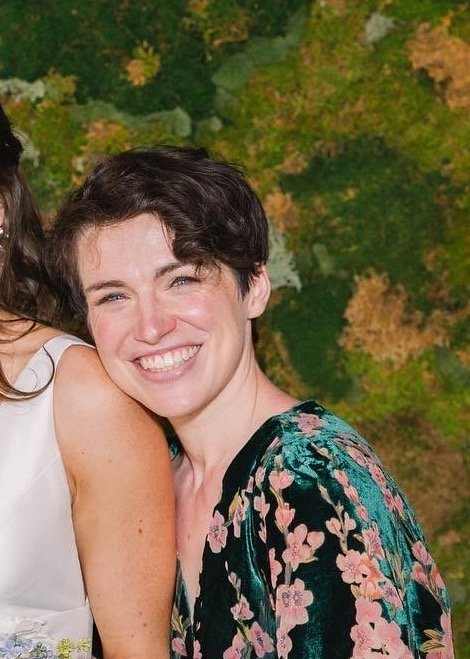Thursday, March 27
Two summers ago, in Jerusalem, my boyfriend James and I prayed the Stations of the Cross together at sunset.
Usually, in Jerusalem, a clog of pilgrim groups packs the Via Dolorosa—from the sloped ramps for vendors and their handcarts on one side to the wide stairs for foot traffic on the other. It can grow annoying, to push through them while on the way to the library, to Mass or to the bus stop.
But I think I associated the Stations of the Cross with crowds long before I ever set foot in Jerusalem. Candidly, it’s never been my favorite part of Lent. I have uncomfortable childhood memories of being crowded into our packed church pews after consuming large quantities of fried cod, and bobbing up and down interminably, while the saccharine nineteenth-century language of St. Alphonsus Liguori’s prayers rang dourly in my little ears. Since then, I’ve associated Stations of the Cross with heat, crowds, and—to be honest—boredom.
Last Friday, I attended a Stations of the Cross with some friends in Lancaster, PA. A small congregation gathered together for vespers and stations. With so few of us—only a dozen—we could walk to each station all together, rather than rotate around the church in our pews. As we walked, we prayed the simple responsorial: For the sake of His sorrowful passion; have mercy on us and on the whole world.
But most of our time in front of each station was spent in silence. In the silence, I found myself beginning to pay more attention: to the artist’s rendering of each station in emotive high relief, of the words of the Stabat Mater we sang as we walked, of the movement of our small band of pilgrims together.
As we walked, our twilight pilgrimage down the Via Dolorosa came to mind. When James walked down the Via Dolorosa, the crowds were thinning, and the cool peace of a Jerusalem evening was descending. By the time we reached the Church of the Holy Sepulchre, the church and its courtyard were closed for the night. In the silence, I could put myself in the scene of Scriptures and walk the streets of Jerusalem in my memory.
Of course, I realized, Stations is a liturgy of crowds—imagine the crush of the city surrounding Jesus. But these quieter walks illuminate Christ’s interior journey: His sorrow, His loneliness, the bitter cup He drank.
As we walked through the church in Lancaster with the evening sun filtering through the stained glass, I felt more deeply the beauty of what this liturgy was created to be: a re-creation of that constant pilgrimage always happening across the ocean in Jerusalem, walking in Christ’s footsteps, stepping into the river of prayer that is the life of the Church—transforming from a crowd into a pilgrim people.
Renée Roden is the author of the forthcoming Tantur: Seeking Christian Unity in a Divided City
(Liturgical Press). She is an editor for Roundtable, a newsletter covering the Catholic Worker
movement, and she currently lives at the St. Martin de Porres Catholic Worker in Harrisburg,
PA.
You can learn more about her here.


